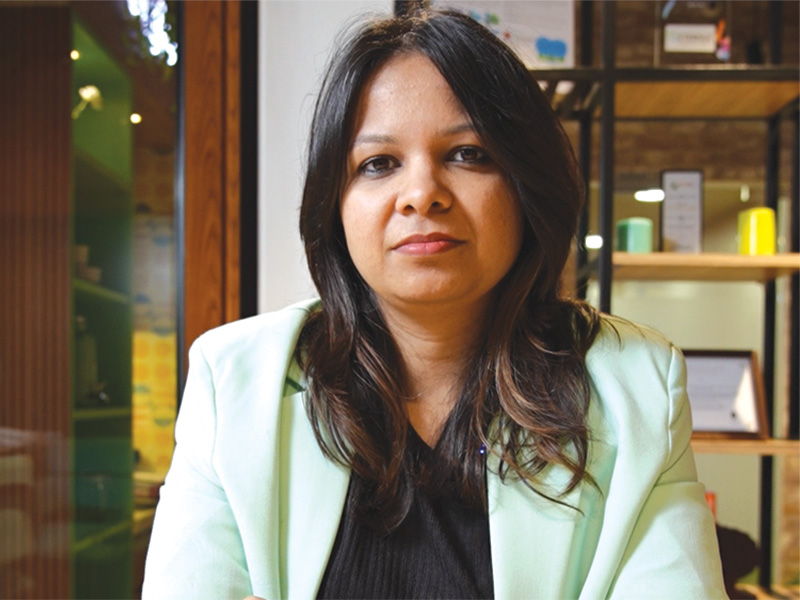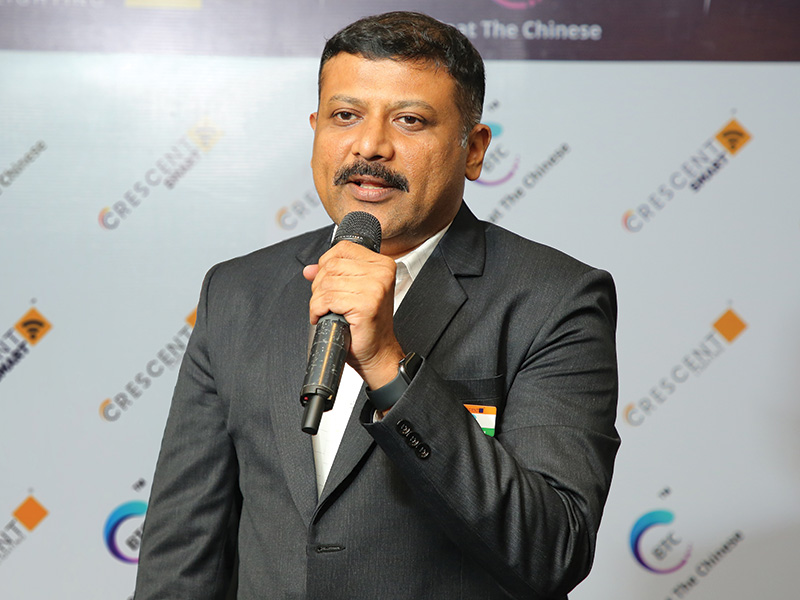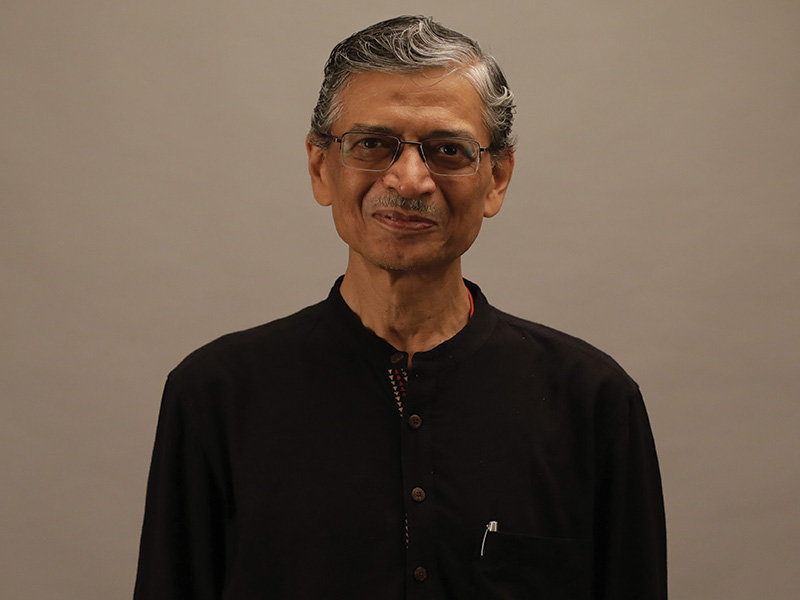We sometimes wonder why, despite adequate lighting in and around our homes or offices, we experience visual strain or discomfort. Equally baffling is how our eyes feel heavy or tired in an indoor environment, though we might not be watching television, reading books or even using a laptop.
Regarding architecture, in whatever dimension it can be analysed, either as space, as material or as colour, it is essentially dependant on the lighting situation that involves both the object and the observer
Vaibhav Jambhekar
The solution does not merely lie in avoiding insufficient lighting. Excessive lighting comes at a cost - both financial and environmental. The financial cost involves first costs, the cost of the electricity consumed and disposal costs. The environmental cost takes three forms: the consequences of generating the electricity required to power lighting, the chemical pollution upon disposal and the presence of light pollution at night. Furthermore, if the luminance or luminance ratios are too high, it could lead to a condition of vision termed ‘Glare’, characterized by a feeling of discomfort and/ or a reduction in visual performance.
But first, why is good lighting important? Light can affect what people can do and what they choose to do via three different routes; through the visual system, through non-visual effects on human physiology and through perception. Lighting is vital to the modern world – it enables a 24-hour society to exist. Lighting is used for many different purposes – to ensure visual work can be done accurately, quickly, safely and in comfort. Good lighting makes places attractive and interesting; it can enhance business activity, improve security and promote human health. The outcome is human performance and quality of life in its widest sense.
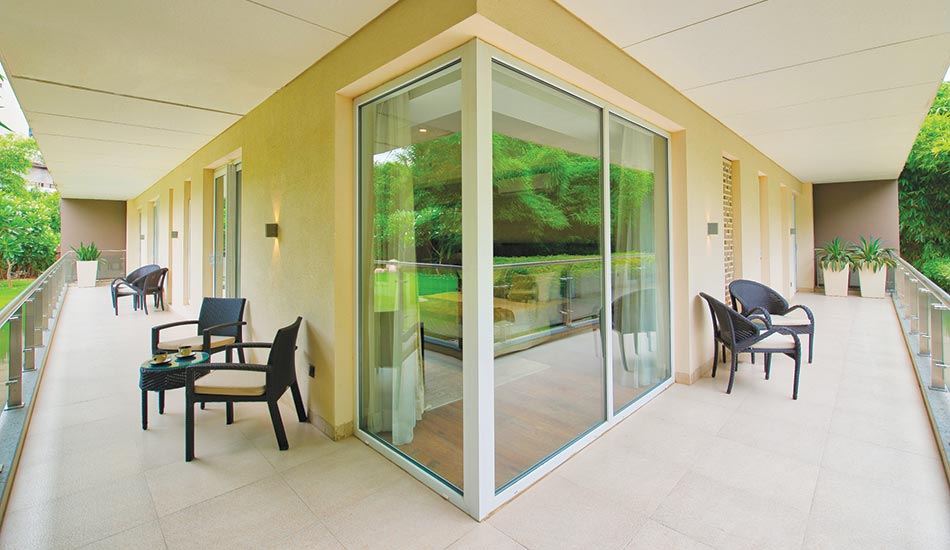
Luminare, Gurugram - Wrap-around Balcony
Two well-known type of glare are disability glare and discomfort glare. Disability glare reduces visibility due to scattered light in the eye, whereas discomfort glare causes ‘a sensation of annoyance or pain caused by high luminance in the field of view.’ The latter type of glare causes a feeling of discomfort without necessarily impairing vision. Unfortunately, even today, discomfort glare is not well understood. However, the four factors that contribute to the perception of discomfort glare produced by an individual light source are well-known:
- luminance of the light source
- position of the light source in relation to the point of fixation
- visual size of the light source
- luminance of the background
In the real estate industry, the issue of disability and discomfort glare can be difficult problems to resolve, particularly if not considered early enough in a project. Any solution that is not incorporated from an early stage will be rendered as a temporary approach.
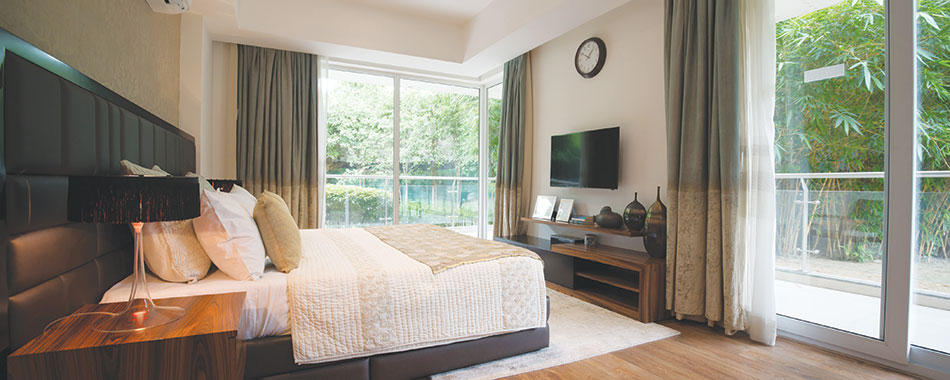
Luminare, Gurugram - Bedroom
Incorporating glare reduction features in realty projects does not escalate construction costs. But these features are yet to gain significant traction in India. In fact, glare reduction studies and features are a relatively new concept even in the Western world, but are fast gaining popularity. Glare-reducing features are typically more apt for residential and commercial buildings, given the vastly different usage patterns vis-à-vis industrial structures.
A formal classification of glare reduction norms is largely missing in India. However, the Mahindra – TERI Centre of Excellence (CoE) for Sustainable Habitats, in its quest to drive the wider adoption of green building practices, is drawing up norms for glare reduction features specific to the Indian buildings sector.
The CoE has published the "Glare Management Guidelines for Artificial Lighting" as a first step towards achieving visual comfort and glare-free spaces in the built environment relevant to the Indian context. These guidelines have been prepared to help building professionals, owners and end users to generate awareness on the impacts of glare. These encompass definitions for various types of glare indices, including their impact on human health. The methodology for calculating the glare indices are also included as a part of the guidelines which will help design professionals to quantify glare in numeric terms. Best practices to reduce glare in the urban built environment have also been incorporated, to provide ready solutions for the end users.
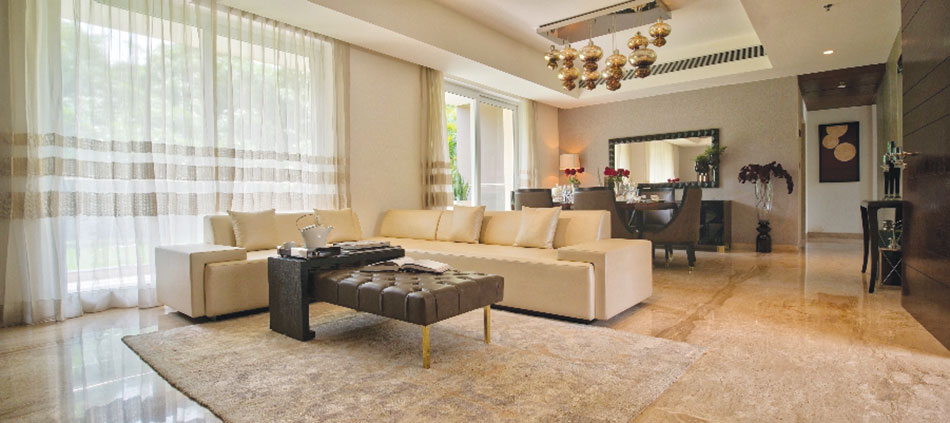
Luminare, Gurugram - Living Area
Some key best practices include:
Balanced luminous surroundings: It is necessary to design the built environment in accordance with the future sitting plan keeping in mind the probability of glare. Proper shading devices must be installed in order to achieve visual comfort and so that direct daylight does not hamper occupant vision. For artificial lighting, the positioning and selection of fixtures plays a key role in the built environment.
Surfaces, their size, location and luminance: Since most visual tasks require the worker to look straight ahead or slightly downwards, the high luminance of a vertical surface in or near the centre of the visual field is likely to be more uncomfortable than the luminance of the same magnitude from a horizontal surface at the same location due to the resulting apparent area.
Solar shading and control: Control strategies for shading and glare avoidance need to be carefully considered. A good understanding of solar geometry, climate data and available solar control options is essential for the designer, especially when a view occurs in the direction of incoming direct solar beam radiation.
Lighting of work stations with Display Screen Equipment (DSE): It is a much better strategy to arrange the luminaires around a work station in such a way that they do not cause reflections on the screen. This is because by restricting the light at higher angles, there is less light able to reach the walls of a room, and the space may start to appear dark.
With the given challenges and demand come opportunities for the large-scale adoption of innovative technologies such as glare reduction features which needs to be effectively embraced and propagated.
Human beings today spend 90% of their time indoors, and are increasingly dependent on mechanical heating, cooling and artificial lighting systems. Today, buildings consume more than 40% of the total global primary energy and are also responsible for 19% of the energy related greenhouse gas (GHG) emissions. With India’s building stock predicted to grow five-fold by 2030 (vis-a-vis 2005 levels), we have opportunities for the large-scale adoption of glare-reducing technologies for buildings with maximum visual comfort and efficiency.



